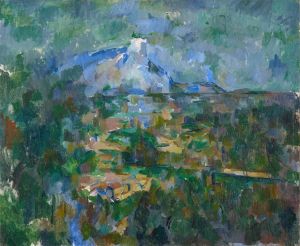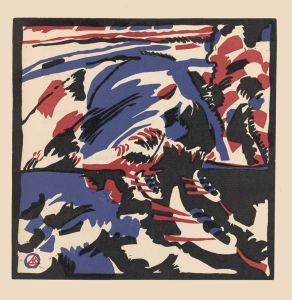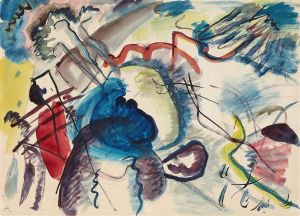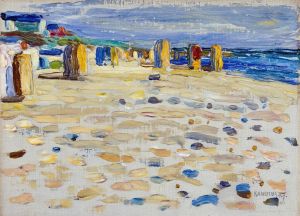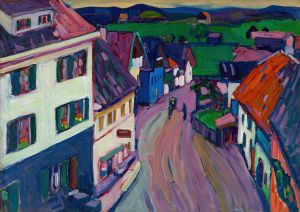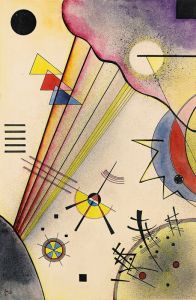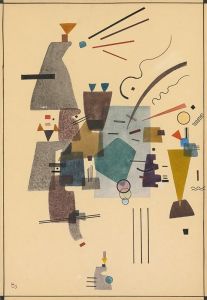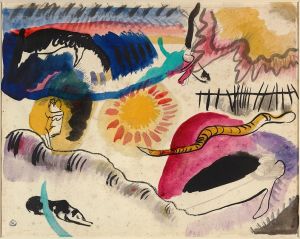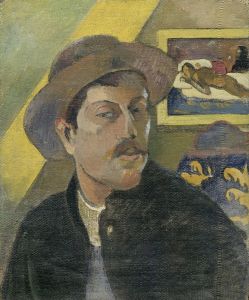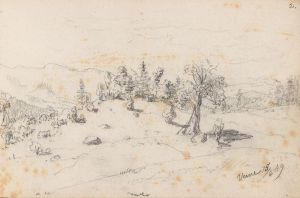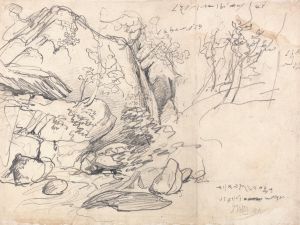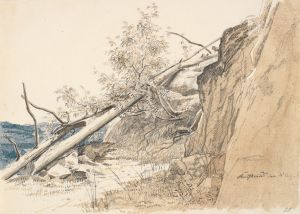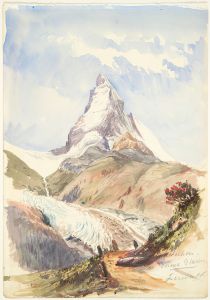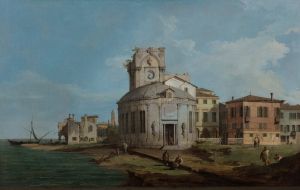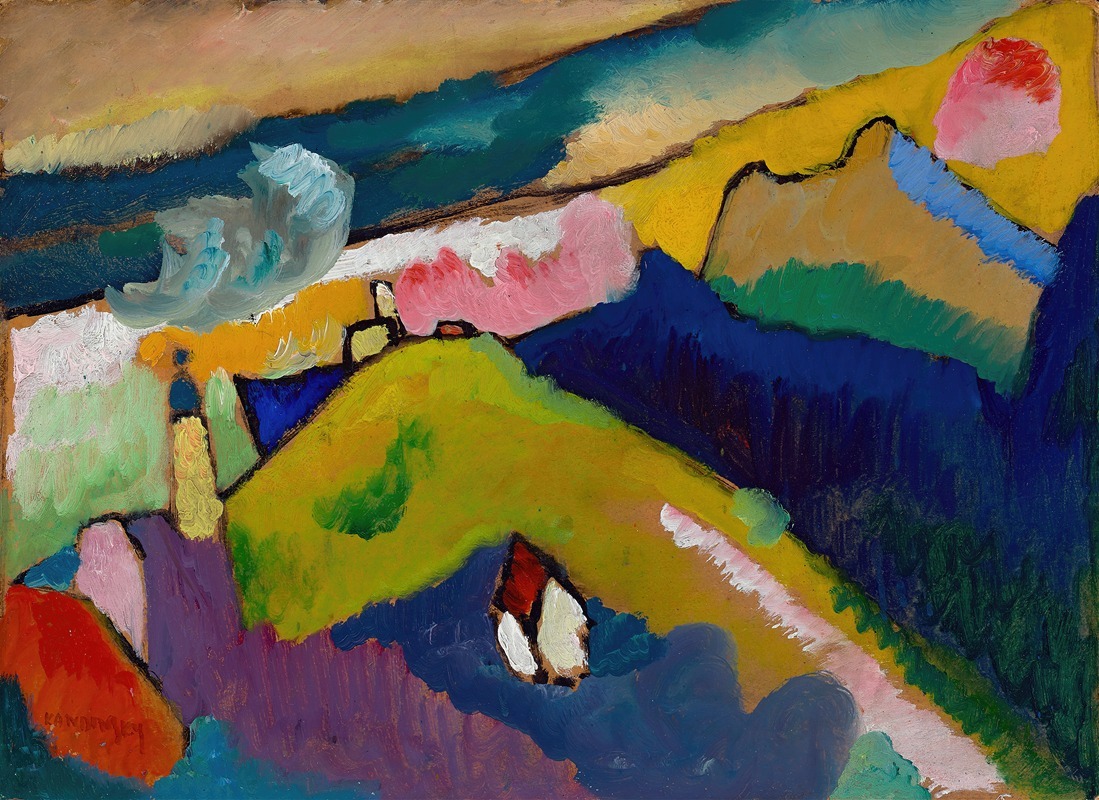
Murnau – Mountain landscape with church
A hand-painted replica of Wassily Kandinsky’s masterpiece Murnau – Mountain landscape with church, meticulously crafted by professional artists to capture the true essence of the original. Each piece is created with museum-quality canvas and rare mineral pigments, carefully painted by experienced artists with delicate brushstrokes and rich, layered colors to perfectly recreate the texture of the original artwork. Unlike machine-printed reproductions, this hand-painted version brings the painting to life, infused with the artist’s emotions and skill in every stroke. Whether for personal collection or home decoration, it instantly elevates the artistic atmosphere of any space.
Wassily Kandinsky, a pioneering figure in abstract art, created "Murnau – Mountain Landscape with Church" during a pivotal period in his artistic career. This painting, completed in 1910, is a significant example of Kandinsky's transition from representational art to abstraction, reflecting his evolving artistic philosophy and innovative approach to color and form.
Kandinsky was born in Moscow in 1866 and initially pursued a career in law and economics. However, his passion for art led him to move to Munich in 1896, where he studied at the Academy of Fine Arts. It was during his time in Germany that Kandinsky began to develop his unique artistic style, influenced by the vibrant colors and expressive forms of the Fauvist movement, as well as the spiritual and symbolic aspects of art.
"Murnau – Mountain Landscape with Church" is part of a series of works Kandinsky created while living in the small Bavarian town of Murnau. He frequently visited Murnau with fellow artists Gabriele Münter, Alexej von Jawlensky, and Marianne von Werefkin. The town's picturesque landscapes and the surrounding Bavarian Alps provided rich inspiration for Kandinsky's exploration of color and form.
In this painting, Kandinsky depicts a landscape dominated by a church set against a mountainous backdrop. The composition is characterized by bold, vibrant colors and simplified forms, which are hallmarks of Kandinsky's style during this period. The use of color is particularly significant, as Kandinsky believed that colors had spiritual and emotional resonance. He often used them to evoke specific feelings and moods, moving beyond mere representation to convey deeper meanings.
The church in the painting is rendered in a simplified, almost abstract manner, with its structure reduced to basic geometric shapes. This abstraction reflects Kandinsky's interest in the spiritual and symbolic potential of art, as he sought to transcend the physical world and express inner emotional and spiritual experiences. The mountains and surrounding landscape are similarly stylized, with sweeping curves and dynamic lines that suggest movement and energy.
Kandinsky's work during this period was heavily influenced by his theoretical writings, particularly his seminal book "Concerning the Spiritual in Art," published in 1911. In this text, Kandinsky articulated his belief in the spiritual power of art and the artist's role in conveying universal truths through abstraction. "Murnau – Mountain Landscape with Church" exemplifies these ideas, as Kandinsky uses color and form to create a composition that is both visually striking and imbued with spiritual significance.
This painting is an important example of Kandinsky's early experimentation with abstraction, which would eventually lead to his development of a fully abstract style. His work during this period laid the groundwork for his later contributions to the abstract art movement, influencing countless artists and shaping the course of modern art.
Today, "Murnau – Mountain Landscape with Church" is celebrated as a key work in Kandinsky's oeuvre, showcasing his innovative use of color and form and his commitment to exploring the spiritual dimensions of art. It remains a testament to Kandinsky's enduring legacy as a pioneer of abstract art and a visionary artist who sought to push the boundaries of artistic expression.





